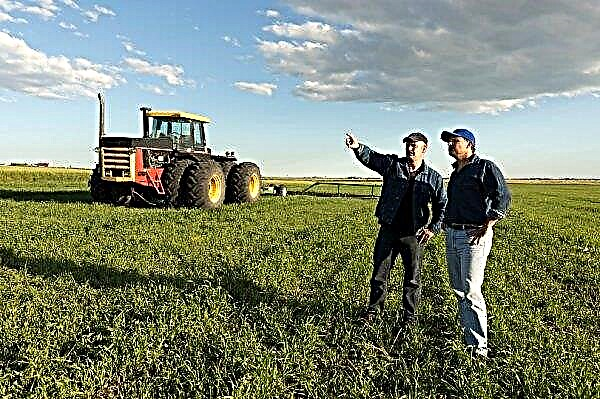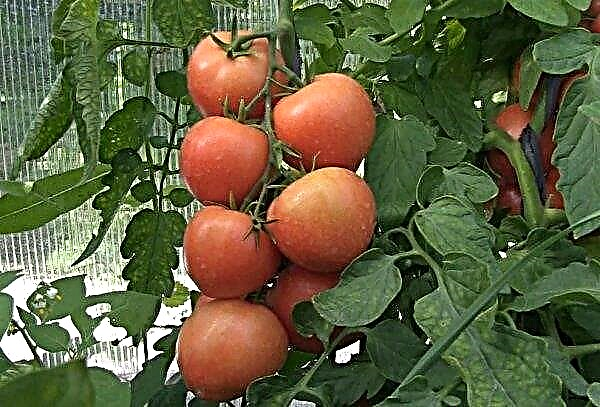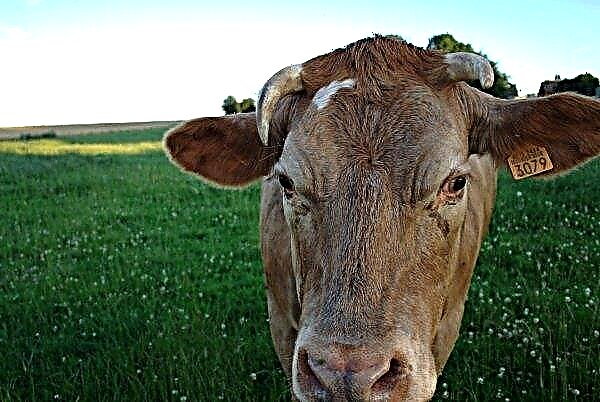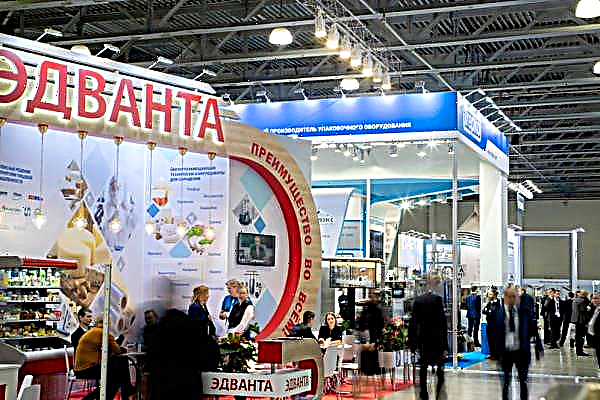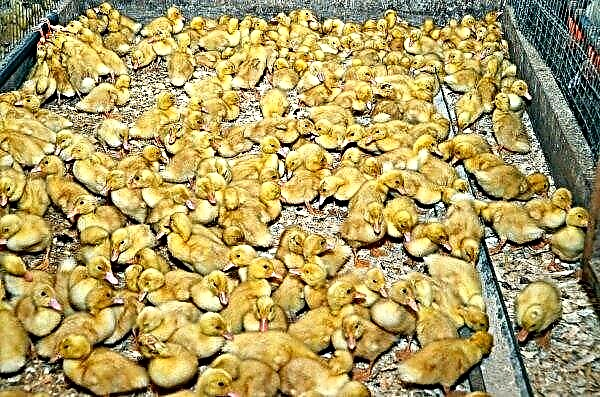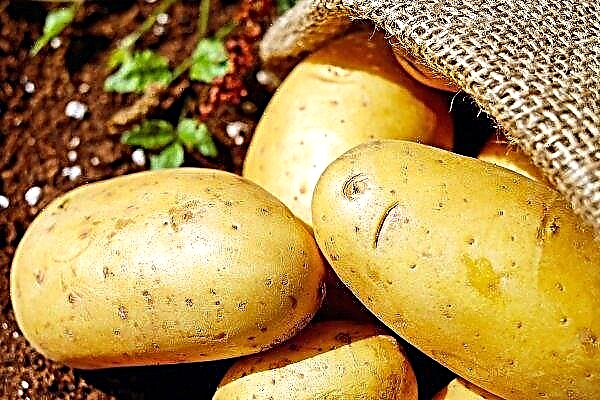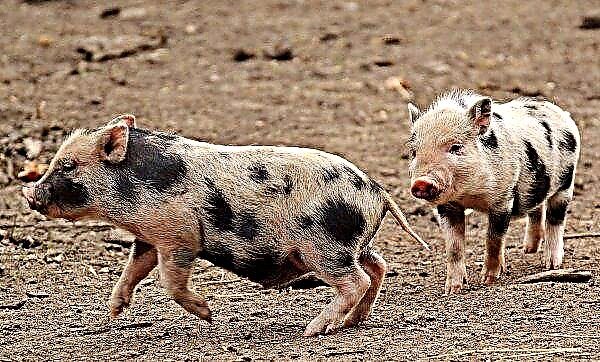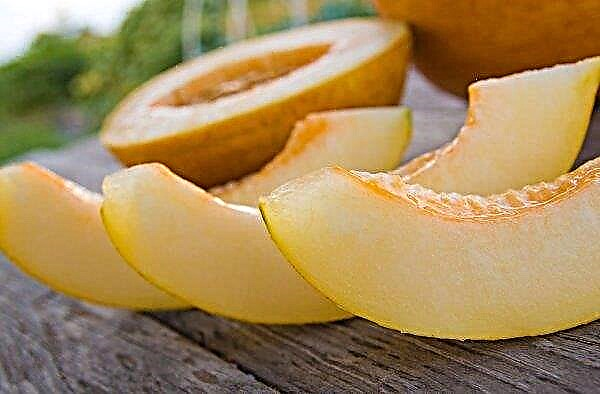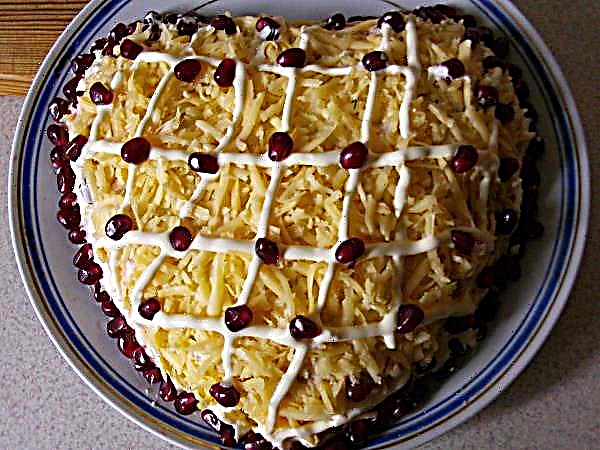Yellowing pumpkin leaves is one of the most common problems encountered when growing this vegetable. In order to avoid this, it is necessary to study the causes of yellowing, as well as what preventive measures should be taken. More about this later in the article.
Why pumpkin leaves begin to turn yellow in the open ground and what should be done
Pumpkin is a very common vegetable that can be found in almost any garden. During its cultivation, you may encounter the fact that the leaves of the crop turn yellow ahead of time, and this will badly affect the crop, its quality and quantity, or even completely destroy it. Consider the main causes of early yellowing of pumpkin foliage, methods of treatment and prevention of this phenomenon.

Weather effect
Pumpkin leaves may turn yellow due to freezing caused by a significant drop in ambient temperature. Or it happens that cold weather appears here in combination with another reason - early planting. In both cases, warming is recommended as an aid to the culture.
They arrange it by installing metal arcs over the sprouts as a frame and placing a plastic film on top of it. In this case, under a canopy next to the plant should place a plastic bottle with hot water. When it gets warmer on the street, this design can be removed, and the sprouts treated with drugs that help the pumpkin survive the effects of stress and activate the restoration of the internal forces of the plant.
Important! To avoid burns to the leaves, it is necessary to water the pumpkin in the evening with warm water under the root.
These can be Zircon or Epin preparations. Hot weather can also lead to yellowing of pumpkin foliage, since in this case, in case of untimely watering of the plant, in combination with contact with moisture on the leaves, burns occur.
Nutrient deficiency
Pumpkin for its normal growth and development requires such nutrients in the soil as iron, manganese, magnesium, copper, potassium, molybdenum, boron, sulfur, nitrogen. In this case, in order to avoid early yellowing, it is necessary to introduce organic fertilizers (humus) and a complex of inorganic fertilizers into the soil, which contains the above elements.

It should be noted that in some cases it is rather difficult to determine which particular substance is missing from the culture. Planting the so-called indicator plants, which earlier than on the pumpkin, reflects a shortage of certain minerals (potatoes, tomatoes, beets, strawberries, etc.), will help to cope with this task.
Pests
Yellowing of the leaves can be caused by damage by a spider mite. He settles on the back of the leaf and covers it with cobwebs. As a result, the leaves are first painted with a marble shade, then turn yellow and dry. With a spider mite, not only the leaves turn yellow, but the ovaries and flowers fall, the plant dies.
Did you know? The weight of the smallest pumpkin is less than 1 kg, but the largest fruit reached a weight of 250 kg.
Favorable for the spread of the spider mite is hot, dry weather. Against the appearance and spread of spider mites, an effective measure, in addition to treating plants with chemicals, is also a folk remedy - spraying onion or garlic husks with infusion. In addition to the defeat of the leaves themselves, the cause of their yellowing can be pests that feed on the roots of the fruit - this is a bear, slugs.

Prevention of their appearance can serve as digging the site before planting, preferably several times, as well as periodic weeding. Against slugs, you can sprinkle ground around pumpkin plantings with ground, eggshell, ash or coarse sand. Fighting a bear involves a set of measures, including weeding and using chemicals in accordance with the instructions.
Important! When growing pumpkins, one should not forget about the timely removal of weeds, because they most often become a source of introducing various fungal diseases and harmful insects to the culture.
Diseases
The following fungal diseases can also cause yellowing of pumpkin leaves:
- Chlorosis - with it, the photosynthesis process is disrupted, which causes yellowing of the leaves. The causes of chlorosis can be an infection, a lack of minerals, temperature fluctuations, the wrong method of growing plants. To combat this disease, you need to treat the plant with preparations containing iron, for example, “Ferovit” or “Agricola”. First, remove all yellowed leaves.
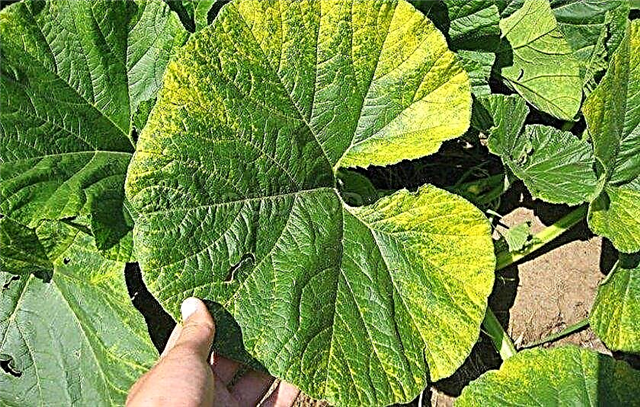
- Anthracnose - a fungus that develops with a combination of heat and high humidity and leads to premature yellowing of pumpkin leaves. For treatment, top dressing is applied with mineral fertilizers containing potassium and phosphorus, and also plants are treated with ground gray or Bordeaux liquid.

- Powdery mildew - a type of fungus that develops at low ambient temperatures and high humidity. Outwardly it looks like a powdery white coating on the leaves. With powdery mildew, the leaves dry, the fruits ripen ahead of time, which negatively affects their quality. At the first symptoms of the disease, plants should be treated with 1% colloidal sulfur solution 2 times with an interval of 2-3 weeks.
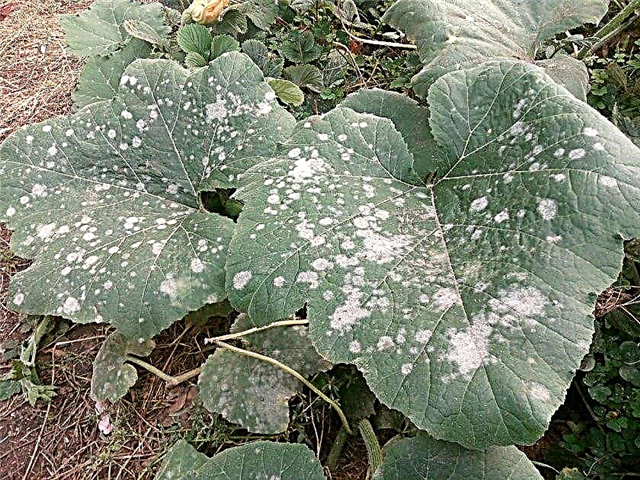
- Root rot - a fungus that develops due to low soil temperature, too much fertilizing in the soil, watering plants with cold water. Based on the second and third reasons, it becomes clear that root rot can be avoided by observing the rules of top dressing and watering. In addition, “Phytosporin” or a hot solution of potassium permanganate is recommended as chemical preparations.

Preventative measures
Compliance with simple safety measures will protect the crop from damage by both fungi and pests.
Here are the main ones:
- choose pumpkin varieties that are resistant to harmful factors;
- Choose favorable weather conditions for landing (sunny, dry weather);
- do not forget to clear the soil of weeds;
- follow the rules of watering, do not suppose both a lack and an excess of moisture in the soil;
- disinfect seeds before planting;
- treat plants with chemicals, but no later than 20 days before harvesting;
- isolate diseased plants from others so that the disease from them does not pass to healthy sprouts.
Thus, if you follow all the preventive measures described in the article, as well as carefully study the causes of yellowing of pumpkin leaves and prevent their appearance, you will get a healthy and rich harvest of healthy vegetables.Did you know? In addition to orange pumpkins, there are also fruits of blue, green and white.





